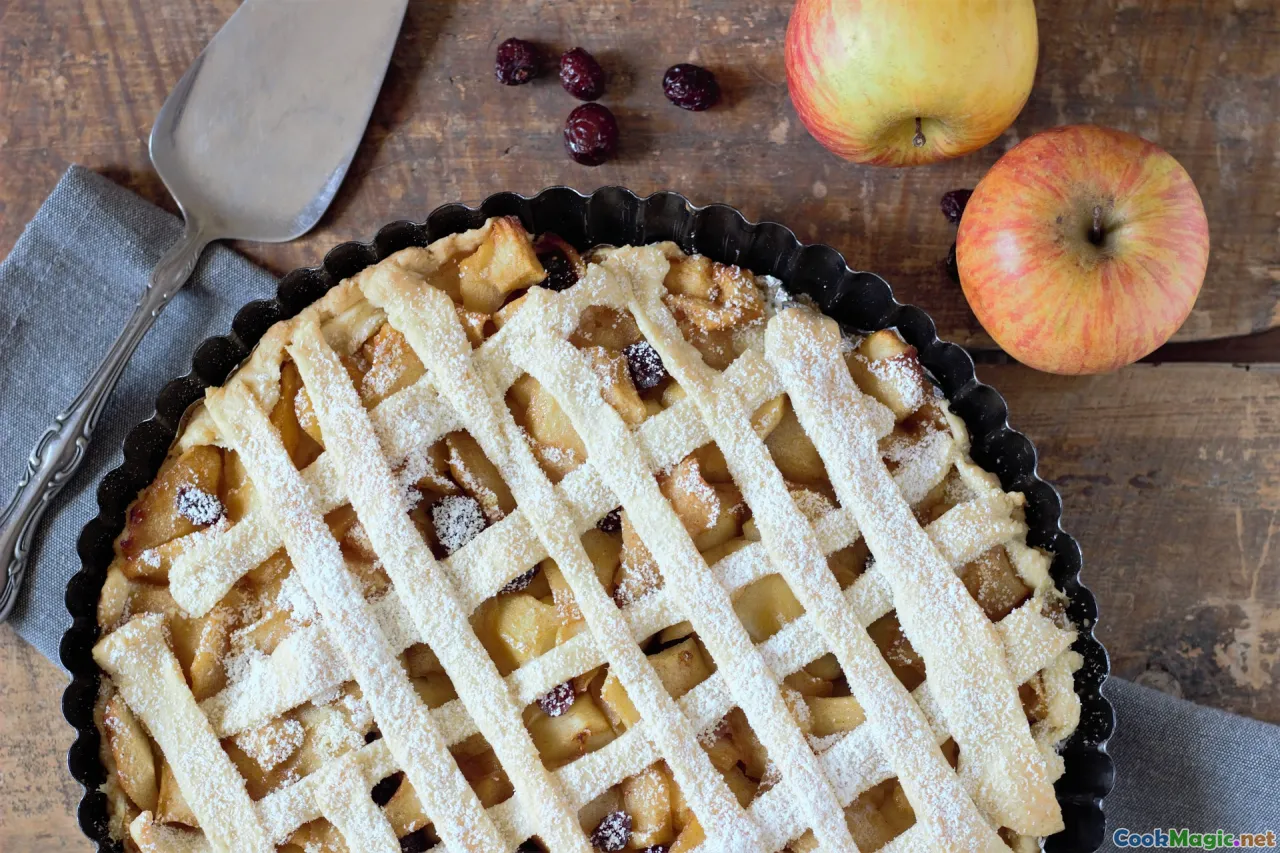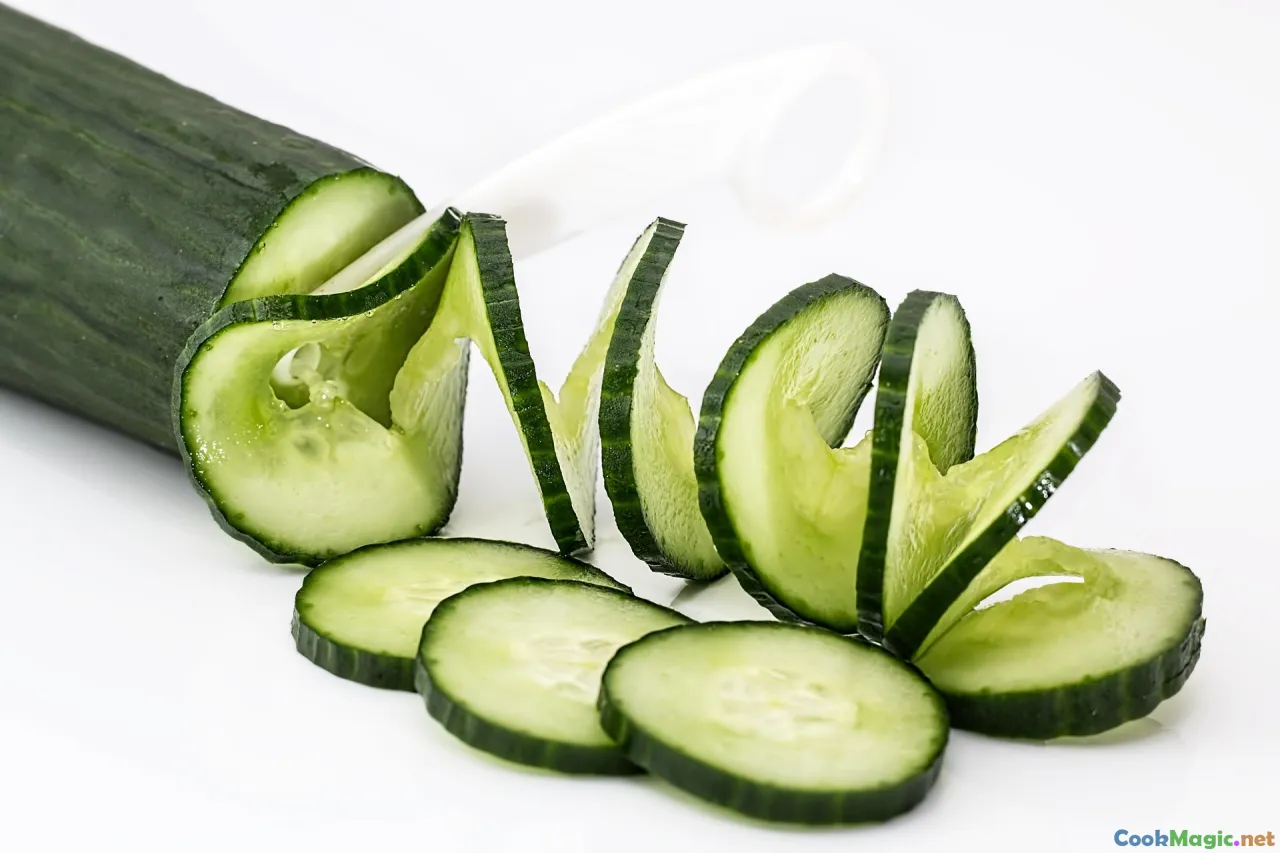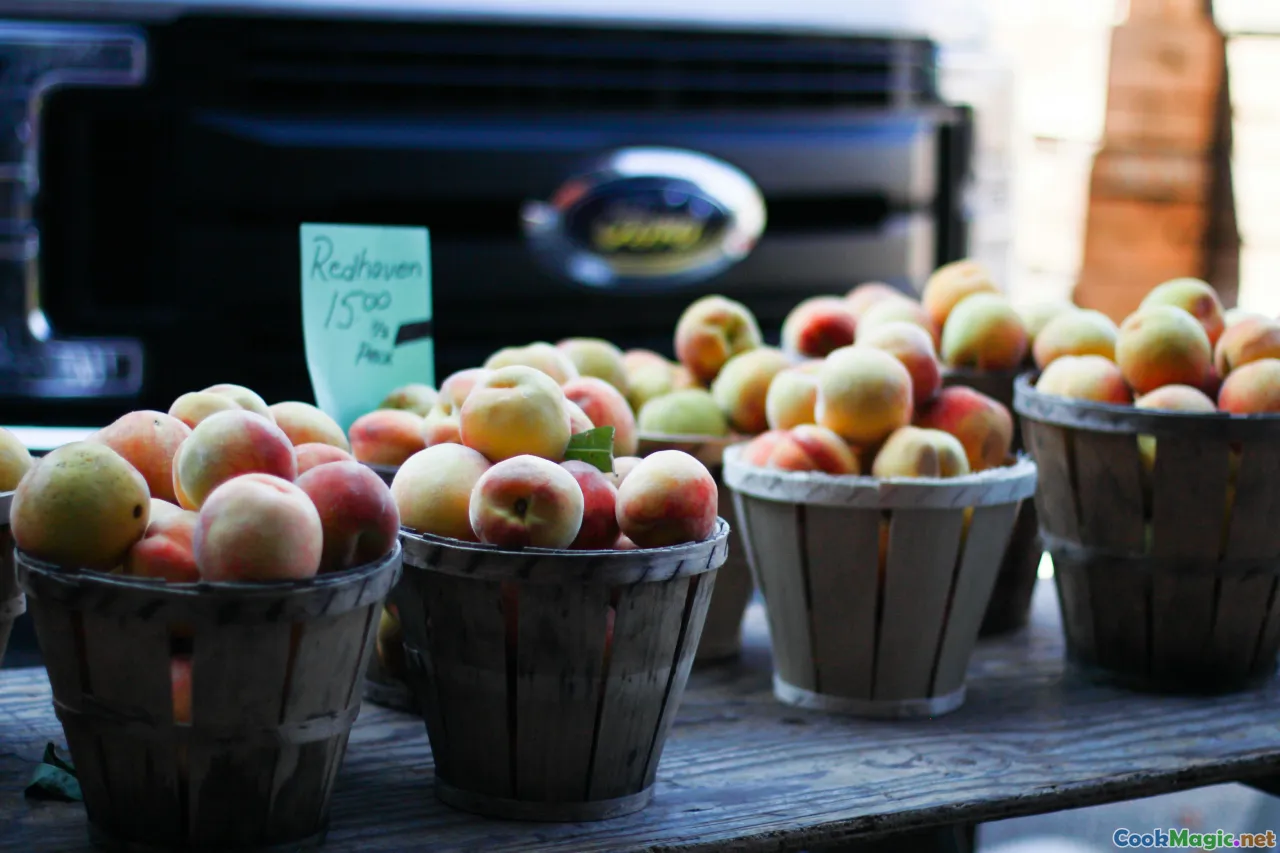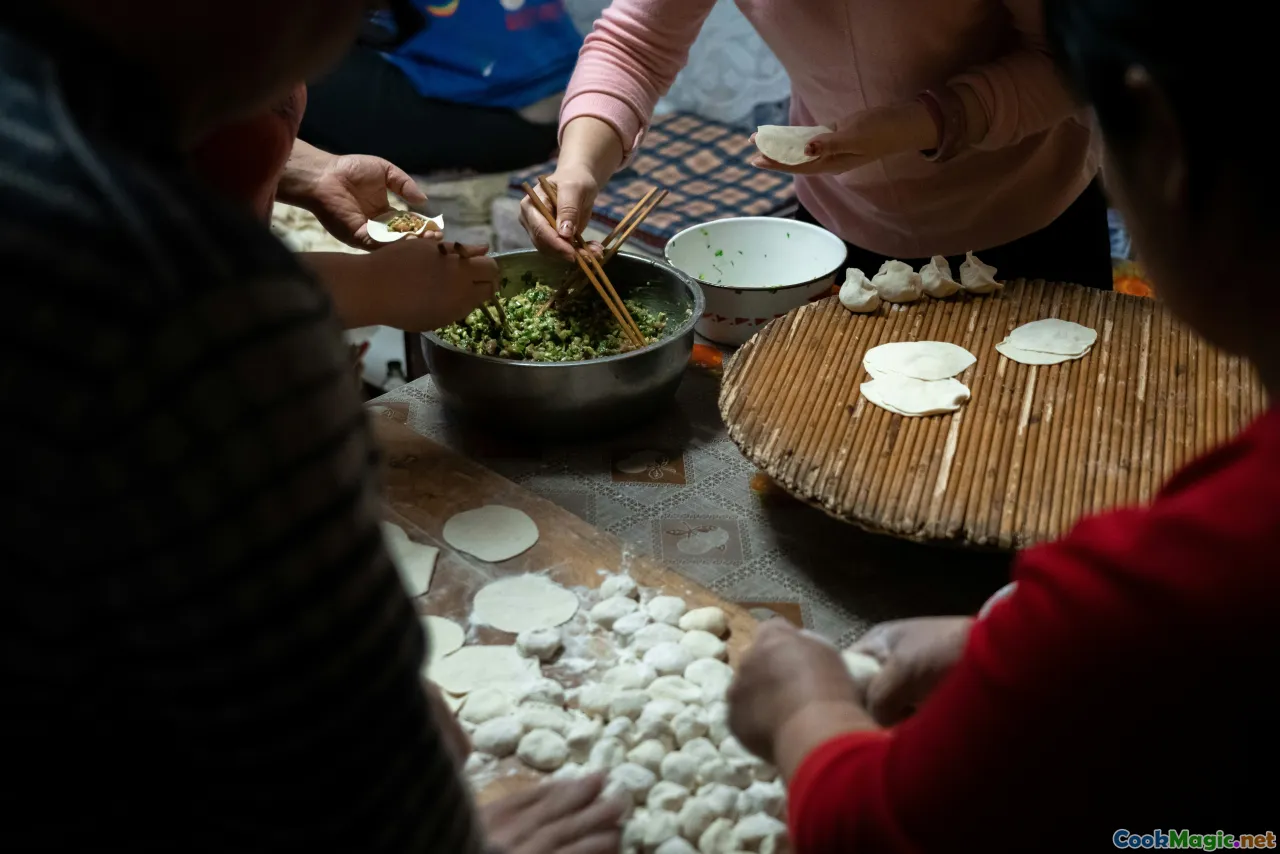Tracing the Origins of Liechtenstein Apple Strudel
10 min read Explore the rich history and cultural significance of Apple Strudel in Liechtenstein’s culinary heritage. June 28, 2025 06:05
Tracing the Origins of Liechtenstein Apple Strudel
Nestled amidst the scenic Alps, Liechtenstein might be a tiny principality—one of Europe's lesser-known countries—but its culinary traditions offer a rich tapestry woven with history, cultural exchanges, and heartfelt storytelling. Among these, the Liechtenstein Apple Strudel stands as a warm, fragrant testament to centuries of flavor, craftsmanship, and local pride, inviting both residents and visitors to savor a sweet slice of the nation’s soul.
The Cultural Roots: A Crossroads of Europe and Sweet Heritage

Liechtenstein sits at the crossroads of German, Swiss, and Austrian influences—each region contributing layers of culinary heritage. The apple strudel, in its modern form, is a delightful evolution rooted in the Austro-Hungarian Empire's culinary repertoire, which spilled over into neighboring regions. It embodies a history of cultural exchange, migration, and adaptation, blending Germanic baking traditions with local ingredients.
In Liechtenstein, this pastry is more than just dessert; it is a symbol of communal life, often featured in family gatherings, festive markets, and the iconic indoor markets of Vaduz. The aroma of warm apples, cinnamon, and flaky pastry wafts through tiny bakeries and alleys—a sensory memory etched into the fabric of everyday life.
The Origins of the Apple Strudel: A Historical Journey

Tracing the roots of the apple strudel takes us back to the imperial kitchens of Vienna and the broader Central European culinary landscape. The dish’s origin story echoes the travels of Byzantine, Middle Eastern, and Central European baking influences, converging into the layered, delicate pastry we cherish today.
Medieval bakers in Austria and southern Germany are believed to have crafted early forms of strudel—tiled, bread-like dough filled with apples, spices, and nuts. Over centuries, the technique evolved from a rustic staple to an elegant dessert, influenced heavily by the rise of refined pastry methods in 17th and 18th-century Habsburg courts.
In Liechtenstein, apple cultivation has long been intertwined with local culture, thanks to fertile alpine valleys and microclimates perfect for apple orchards. When Austrian and Swiss settlers arrived, they brought with them the baking traditions that would ultimately blend into a national favorite.
The Making of Liechtenstein Apple Strudel: A Personal Touch

Beyond the historical narrative, making a Liechtenstein Apple Strudel is a dance of senses—crisp, golden layers giving way to tender, spiced apples. The key is the dough: a thin, almost translucent sheet that requires patience and skill to stretch into a delicate veil capable of encasing its filling.
Traditionally, the filling involves tart apples—like local Kalant apples—sliced thin and tossed with cinnamon, sugar, raisins, and a splash of lemon juice. Some bakers add chopped walnuts or marzipan for added richness. The filling is carefully spread on the dough, which is then rolled, sealed, and brushed with butter before baking.
The aroma that fills the kitchen during baking is intoxicating—a marriage of caramelized sugar, spices, and buttery layers. Once cooled slightly, a generous dusting of powdered sugar heightens both the visual appeal and sweetness.
Variations and Personal Touches in Liechtenstein Tradition

While the classic apple strudel remains beloved, local bakers and families often introduce subtle variations—reflecting personal and regional flair. Some tinker with the addition of local honey or incorporate wild berries from the Alps. Others serve it with a dollop of mascarpone or berry compote, enhancing texture and flavor.
In particular, small inns and guesthouses in the Liechtenstein Alps offer uniquely crafted versions—melding homemade jams with the traditional apple filling, creating a tapestry of flavors. This devotion to regional adaptation helps keep the tradition vibrant and relevant.
The Symbolism and Emotional Significance

For the people of Liechtenstein, apple strudel it is not just food—it’s an emotional emblem. During festivals such as Liechtenstein National Day or local markets, it’s common to see families passing down recipes through generations. The act of baking and sharing apple strudel fosters a sense of belonging and continuity.
Many residents fondly recall memories of grandmothers patting dough at the kitchen table, the smell wafting through the house, and children eagerly waiting for that first warm slice. These traditions solidify the apple strudel’s role as a culinary heirloom, embodying community, warmth, and the enduring bond to homeland.
Celebrating Liechtenstein’s Apple Heritage in the Modern Era

Today, Liechtenstein’s apple strudel manifests amid a growing interest in local and artisanal foods. Boutique bakeries in Vaduz and Schaan proudly showcase their takes—innovative fillings, gluten-free options, and artistic presentations that honor traditional methods while embracing innovation.
Cultural festivals such as the Liechtenstein Food Week highlight regional specialties, where apple strudel takes center stage. Visitors and locals alike flock to these events, eager to taste authentic recipes, learn baking secrets, and connect with a cuisine that reflects their shared heritage.
Personal Insights: Why the Liechtenstein Apple Strudel Matters

Having traveled through Alpes and Central Europe, I’ve come to see the apple strudel as more than a dessert—it's a narrative that speaks of resilience, adaptation, and love. In Liechtenstein, this pastry carries stories of migration, agriculture, and communal joy molded into a flaky, fragrant slice.
The act of baking an apple strudel here is an act of preserving history, passing down recipes resistant to the march of modernity. Tasting one in a humble bakery warmed my heart and instilled a sense of closeness to a culture that, despite its small size, boasts an immense culinary character.
An Invitation to Explore and Celebrate
If you find yourself wandering to Liechtenstein—or perhaps at a European pastry table—you owe it to your palate—and your soul—to indulge in an authentic apple strudel. Feel the crispness of each flaky layer, savor the tart-sweet symphony of apples and cinnamon, and let it be a portal into the heart of Liechtenstein’s stories and traditions.
In every bite, you taste the whispers of Alpine meadows, the echoes of imperial kitchens, and the warm embrace of a community eager to share its heritage. Whether enjoyed at a cozy family gathering or in a modern café, the Liechtenstein apple strudel continues to connect generations through the universal language of flavor.









